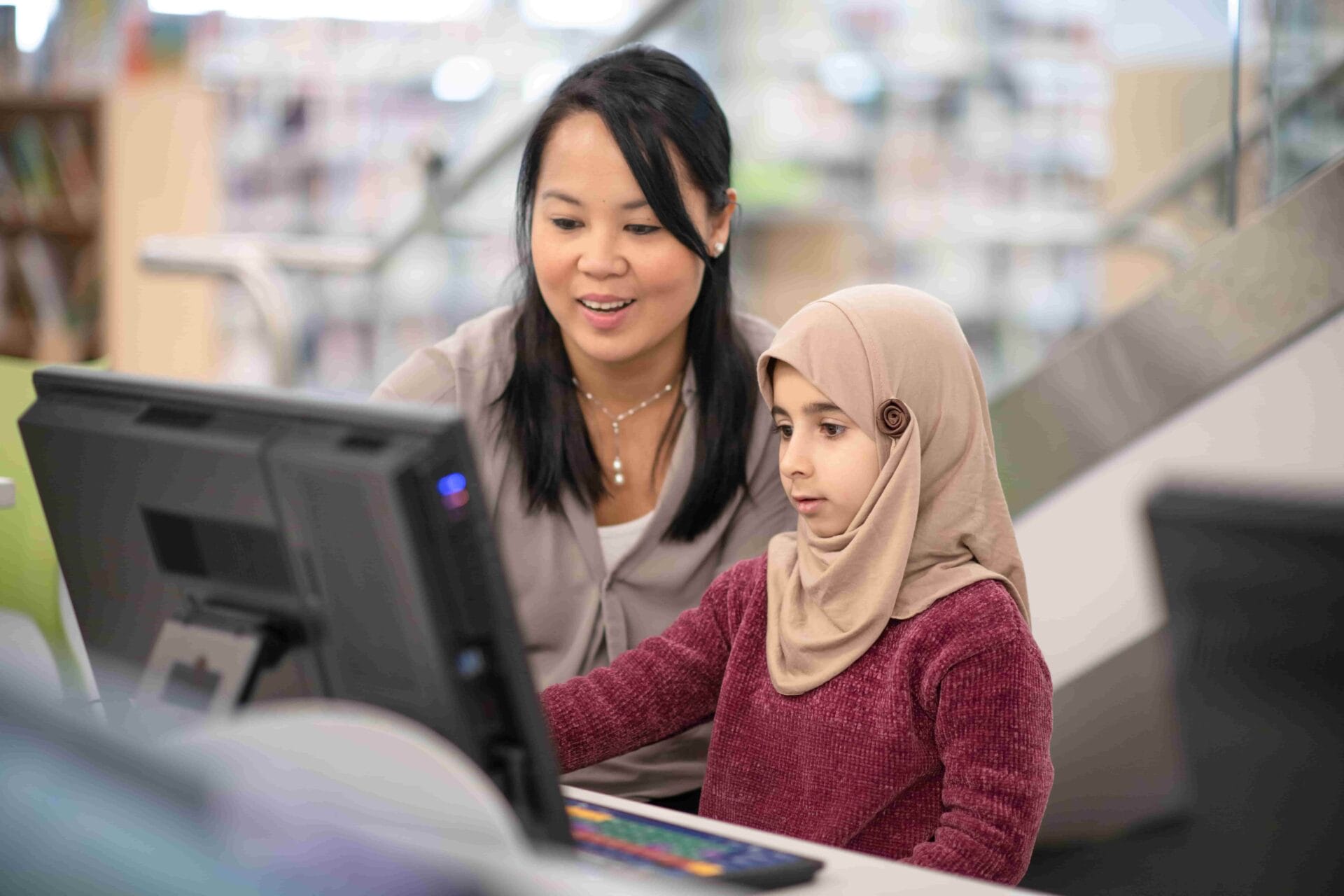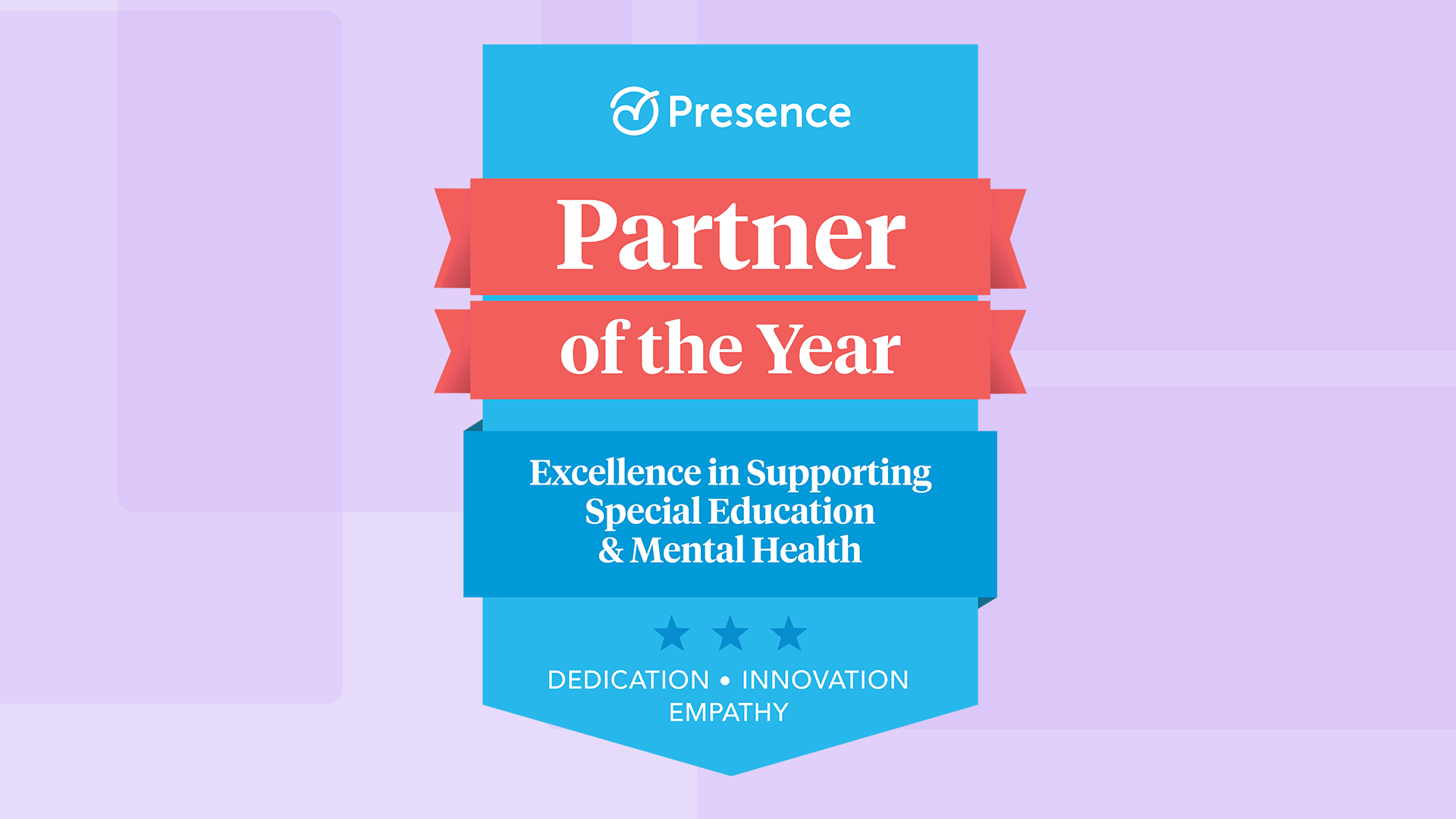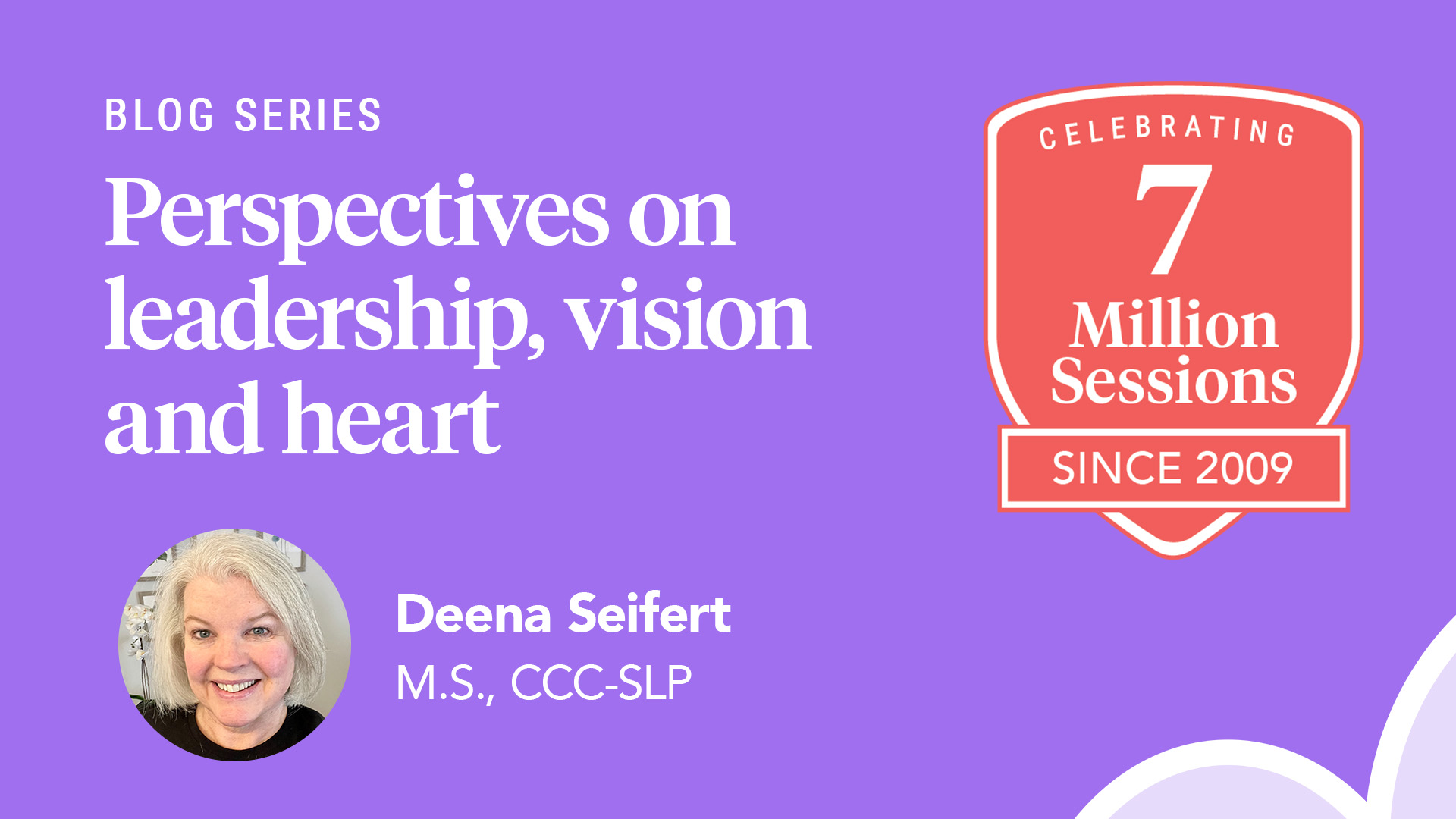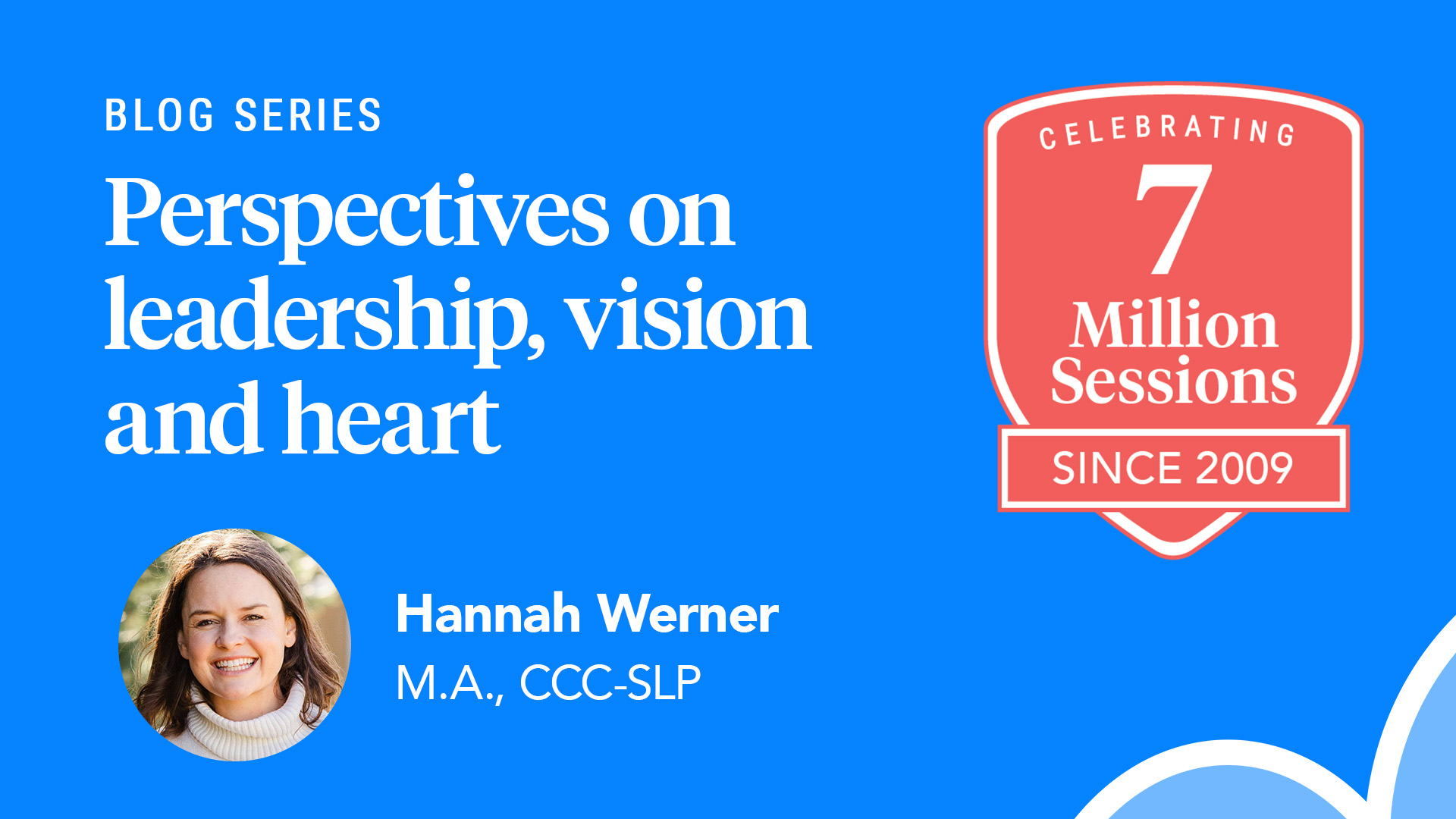
Introduction
I grew up in New Jersey and both my parents are educators. That sparked my interest in the field. I went to school in California at Pomona College, and I got my Psychology, Gender, and Women’s Studies degree. Then I attended Teachers College in New York at Columbia University and received a Master of Arts in Educational Psychology and a Master of Education in School Psychology. I have two kids and a husband who I really like to be with—they are pretty cool. I have a 3-year-old daughter and a 6-year-old son.
What inspired you to become a school psychologist?
I’ve always grown up being like the teacher’s or the principal’s kid. From that, I just always liked learning and education so school psychology was a natural career for me. To be honest, I don’t think I knew exactly what it was when I started going into the field of study, but I found that I do really like to help solve a puzzle of who a child is, what their strengths and weaknesses are, and how to figure out what really helps them learn, given their unique abilities. I also like working with students’ school teams to help orchestrate a student’s plan for success in school.
I think a lot of people who go into psychology for a career are interested for personal and professional reasons because we have a kind of curiosity into what our experiences are, and how they translate on to other people’s. I think a lot of it’s just about connecting to people, which I am passionate about having the opportunity to do, especially with kids. I just recently started taking on some counseling clients at PresenceLearning. It is a positive new challenge for me to connect online with kids, which I love to do. It is definitely different than working with students in person and it is interesting.
What made you want to be a teletherapist with PL?
I wanted to continue working with students even after changes in my life took me away from being able to work in a brick-and-mortar setting. I love that I can structure my time to fit the way that I work best. A big motivation to move to teletherapy was to cut out my driving time, which was significant since I was working between three or four schools. I’m able to spend more time with my family and focus on my work because of the benefits of not having a commute.
What age range/student population are you currently serving? Please include demographic information.
I’ve worked with students from the kindergarten level through postsecondary, up to 22-years-old. I work for East Coast time zones with Pennsylvania, Maryland, and Massachusetts right now.
Could you walk us through your daily routine? A “day in the life of a PL therapist” if you will?
I have more time in the morning for myself and family because of the short commute. I wake up my kids. I get them breakfast and then make their lunches. It’s a little hectic in the morning, but then I do have at least 30 minutes or so before I start working with students when I can have my coffee and I can relax a little bit. That’s a wellness thing that I like to make sure to do when I can before diving into work.
Then I look at my schedule for the day—it’s always varied which I like. I make sure I have all the materials that I need for testing. Then with my breaks in the day, I can assign that time for being with my family or report-writing. Also, I just got an elliptical that my husband found online which is really nice because I do feel like I need to get up from my chair and move during my work day even if it’s for 10 minutes. I always have little breaks to use the elliptical here and there. Two or three times a day, I can relax by listening to a podcast or music as well.
And then at the end of two of my days, I have blocked off time in my calendar when I take my kids to gymnastics and swimming. It is awesome that I get to go watch them and not just hear from my husband how great their forward rolls or dives were that day. I usually finish up my work by 4:30 or 5:00, although it depends—if a student needs it to be later, I’ll work with them later. And then I can go with making dinner or taking care of the kids and putting them to bed. Sometimes I actually really enjoy writing my reports at night. That’s just my preference—so it can give me more flexibility with my time during the day.
What do you enjoy about being a provider with PL?
I have always found all the Clinical Account Managers (CAMs) to be positive, helpful, and caring. I like collaborating with them. I also find that they are helpful liaisons, and help to create a positive and collaborative working environment for me with the schools and districts where I work. I feel supported at PL even though my communication is not in-person. It is amazing.
One of my schools is a virtual charter school in Pennsylvania. We have a good amount of school psychologists going through evaluations. In the beginning of the year, when I was totally brand new, it was so nice that we just had an email thread and the PresenceLearning Lounge where we could get our questions answered and have a community to ask ”What are you doing with this document camera when it doesn’t work?” or “How are you billing for this aspect of an evaluation?” CAMs are part of that discussion too, but it’s great to also have the support of the other school psychologists who are in the same place as you are to make sure you’re not totally out there by yourself. I really felt that support at this school and in the other two districts in Massachusetts and Maryland where I just started as well. It’s a similar thing there with the idea that all of the PL people who are working on the same site have access to each other without necessarily taking time out of the school day to physically meet. Having that email correspondence makes getting support a lot more convenient than what I’m used to in a brick-and-mortar setting at a monthly school site meeting. It’s nice with PL because I always have that communication with my team members who are generally very responsive.
What were you most surprised about when you made the transition to be a teletherapist?
I was surprised that I still felt the same connections with students. Working with a student on an assessment virtually felt almost the same as working with them in person, and they really enjoy all of the games and tools that I always have in my room, which is easy to access and organized.
How has the PL online platform enabled you to help your students and the schools you serve in new ways?
I have been able to use a lot more materials with students in assessments, counseling, and during breaks. I did not always have access to so many games, drawing tools, etc. because of how many different sites I was driving to in a day. It feels nice to have this consistency in my own virtual room.
Kids really seem to like memory games, and I did not always think that it was the most engaging activity. I’m surprised, but memory games are a first choice activity for a lot of my students. Or kids just like to draw together—we can zone out a little while we are putting emojis on a board or start doing silly, creative stuff like story-telling with emojis or playing Tic Tac Toe. We can talk and draw and it’s collaborative, which generally, I wouldn’t think to do in an in-person setting. In-person, I wouldn’t suggest, “Hey, let’s draw on the same paper,” because it’s a bit awkward.
Those are some of the tools and activities that I always use, even with older students.
Can you tell us a little about how you collaborate with teachers and other school staff members?
With other teachers and school team members, I consult a lot through email. I find them responsive and helpful, and there are always systems to reach any school team member who might not be responsive. I also participate in IEP team and evaluation meetings to present my findings, which I have found to be a good way to collaborate with the team and learn more about the student and the school’s own processes in supporting their students.
How do you build trust and rapport with parents?
I make sure to communicate with parents on the phone first whenever possible. I also can communicate easily through text or email, and always make sure that they know that their student’s interests are the focus for any counseling or testing. I enjoy working with parents and understanding their perspective. I make sure that they know that I believe they are the expert on their child and I value their expert opinion.
What tips do you have for other providers getting started with telepractice?
I think they should ask a lot of questions, and not feel embarrassed about that. I went to some of the workshops—the clinical workshops helped me get into the mindset of what I was doing even before I started working. Other tips…for me, I think organization is key. I keep my schedule organized. I just got this really cool new organization tool. It’s a Rocketbook which is a “smart” notebook. I can take a picture of my schedule and it scans into my Google Drive. And so I can always update it, and erase it. It’s like a whiteboard schedule. But it’s a little more portable and accessible on my phone and computer. I find it very fun because I don’t like typing things when I’m organizing. I feel like I get information into my brain better sometimes when I’m writing. Organization is really helpful for me to adapt to different schools’ routines. I keep reorganizing. And I keep refining my systems.
What advice would you give districts considering online therapy?
I would say that I was skeptical about online therapy when I worked in a brick-and-mortar school. We had some online SLPs at my school. I noticed as a third party in that experience that many students, given the right setting, benefit from online services. Through my experience this year, I do find that given the “face-to-face” nature of my testing and counseling sessions with students in my online PL therapy room, I am able to build rapport quickly with students and encourage them to do the best that they can in a way that is different, but not less than what I can do in an in-person setting for many students.
I would recommend that districts pay attention to the setting of testing and counseling. Whenever possible, it is important to have students in their own room where it is quiet and comfortable. I’ve always experienced that to be the case from my experiences at PL so far working with students in school buildings. But I know it was sometimes difficult for my previous brick-and-mortar school district to find that quiet space and a support staff member to be there with students. I think teletherapy can easily work with the right support and the right motivation so that schools can realize, “Oh, yeah, this really does work.”
Are you interested in joining the PresenceLearning Care Network? Click here to start your application.







